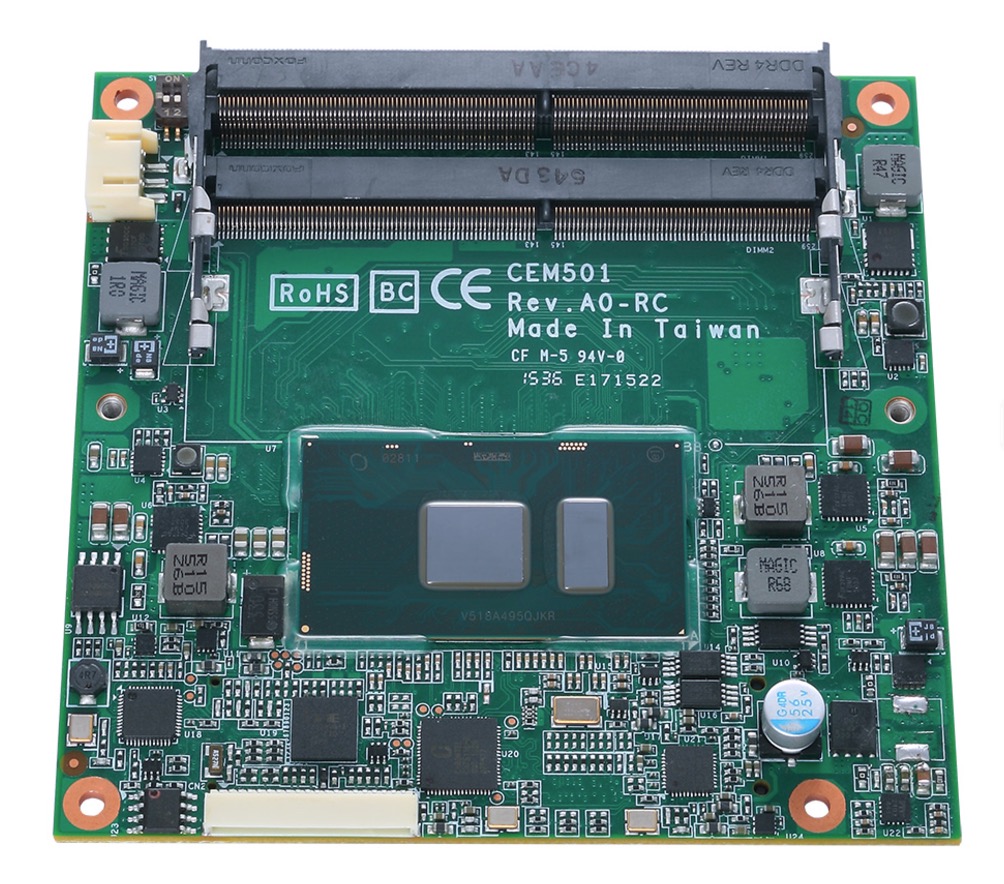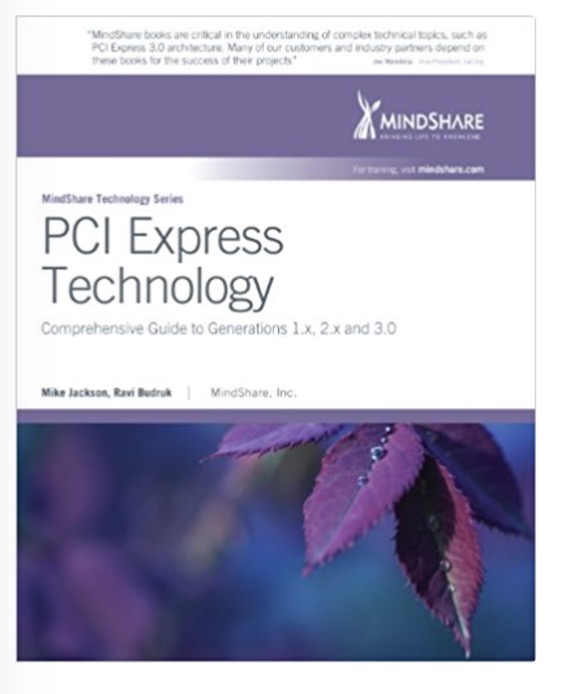Recent Posts
COM Express Module Powered By 7th Generation Intel Core i7/i5/i3 Processor For IIoT Applications
Posted by on
Axiomtek announced the CEM511, a COM Express Type 6 module powered by the 7th generation Intel Core i7/i5/i3 processor (Kabylake-U) for high-performance applications.
The palm-sized CEM511 is packed with a variety of features including industrial wide temperature range support and graphic processing capability. The COM Express Type 6 Compact module supports two DDR4-2133 SO-DIMM sockets with a maximum system memory capacity of up to 32GB. It has a design with an operating temperature range from -40°C to +85°C (-40°F to +185°F) to satisfy different harsh environment demands. The system on module also delivers computing, graphics and media performance through its Intel Gen 9 graphics engine, DirectX 12.0, OCL 2.0, OGL4.3 features and 4K resolution (4096 x 2160 @ 30 Hz) support. Therefore, the CEM511 is designed for graphics-intensive applications over the Industrial IoT, including industrial control system, medical imaging, digital signage, gaming machines, military, and networking.
The intel Core-based CEM511 comes with multiple I/O options including six PCI Express lanes, three SATA-600 interfaces, one Gigabit LAN port with Intel i219LM controller, four USB 3.0 ports, eight USB 2.0 ports, and four digital I/O channels. Also, the LPC bus is available for connection of legacy I/O interfaces. Trusted Platform Module (TPM 1.2) is also supported to provide hardware-based data protection.
Features
- 7th gen Intel® Core™ i7/i5/i3 processor (Kabylake-U)
- 2 DDR4-2133 SO-DIMM, up to 32GB
- Max. up to 6 lanes of PCI Express
- 3 SATA-600
- 4 USB 3.0 and 8 USB 2.0
- AXView 2.0 intelligent remote management software
More Information
- Download/View the Axiomtek CEM511 data sheet (PDF)...
- More Information...
PCI Express 3.0 is the latest generation of the popular peripheral interface found in virtually every PC, server, and industrial computer. Its high bandwidth, low latency, and cost-to-performance ratio make it a natural choice for many peripheral devices today.
Each new generation of PCI Express adds more features, capabilities and bandwidth, which maintains its popularity as a device interconnect.
MindShare's books take the hard work out of deciphering the specs, and this one follows that tradition.
MindShare's PCI Express Technology book provides a thorough description of the interface with numerous practical examples that illustrate the concepts.
Written in a tutorial style, this book is ideal for anyone new to PCI Express.
At the same time, its thorough coverage of the details makes it an essential resource for seasoned veterans.
Essential topics covered include:
- PCI Express Origins
- Configuration Space and Access Methods
- Enumeration Process
- Packet Types and Fields
- Transaction Ordering
- Traffic Classes, Virtual Channels and Arbitration (QoS)
- Flow Control
- ACK/NAK Protocol
- Logical PHY (8b/10b, 128b/130b, Scrambling)
- Electrical PHY
- Link Training and Initialization
- Interrupt Delivery (Legacy, MSI, MSI-X)
- Error Detection and Reporting
- Power Management (for both software and hardware)
- 2.0 and 2.1 Features (such as 5.0GT/s, TLP Hints, and Multi-Casting)
- 3.0 Features (such as 8.0GT/s, and a new encoding scheme)
- Considerations for High Speed Signaling (such as Equalization)
 Loading... Please wait...
Loading... Please wait...


